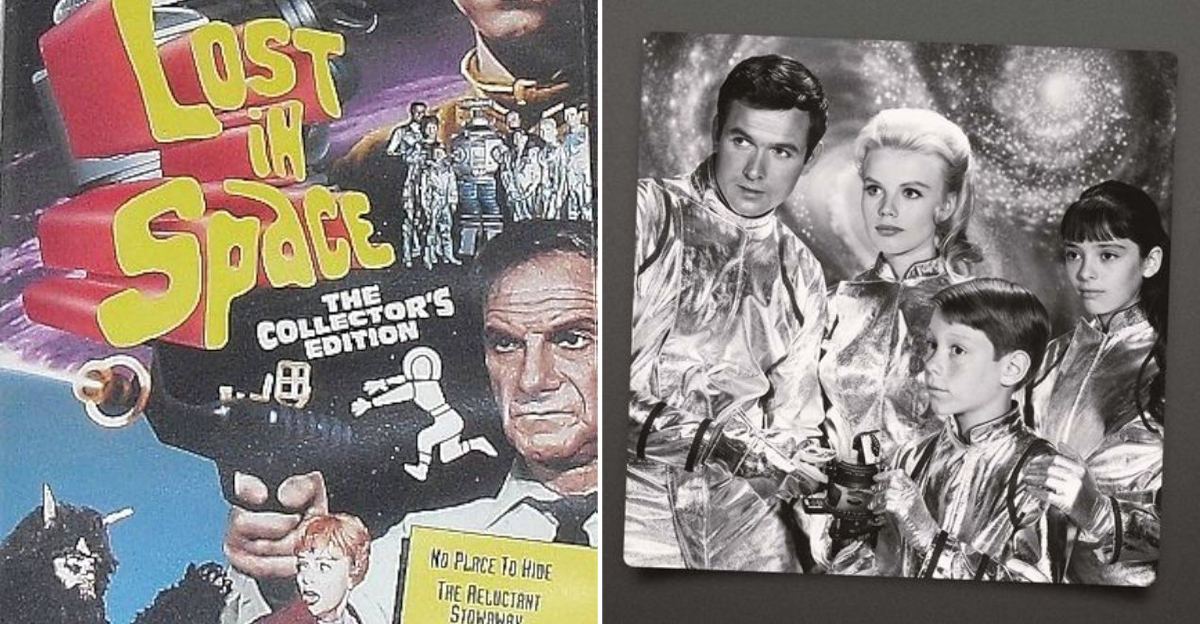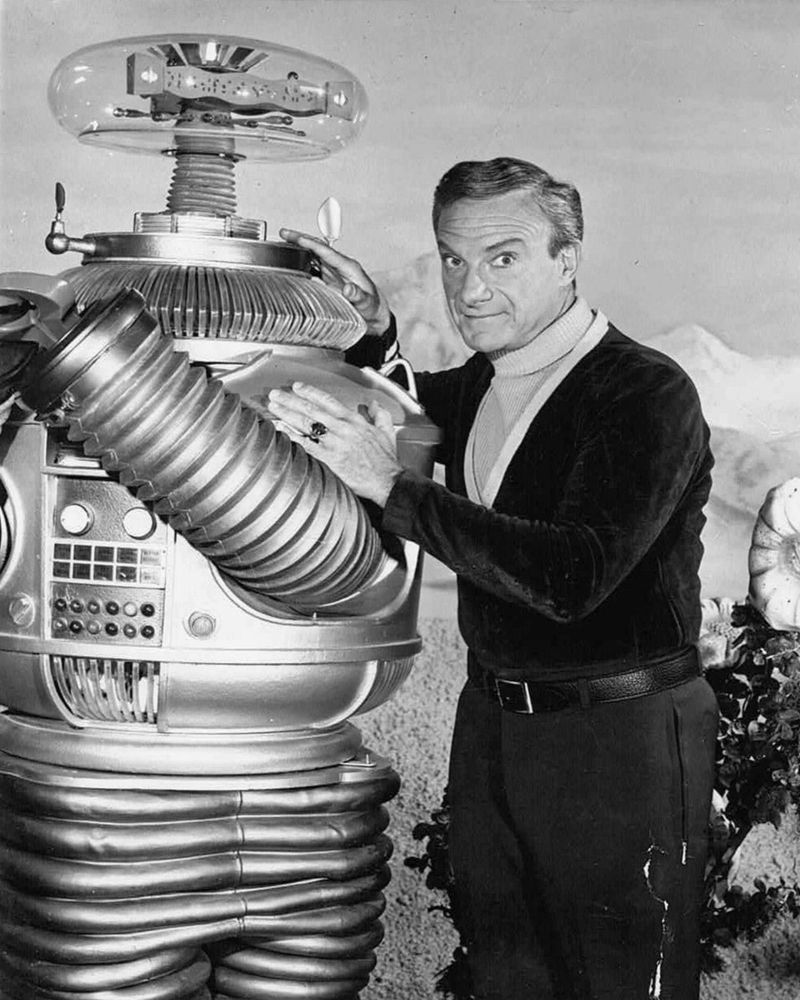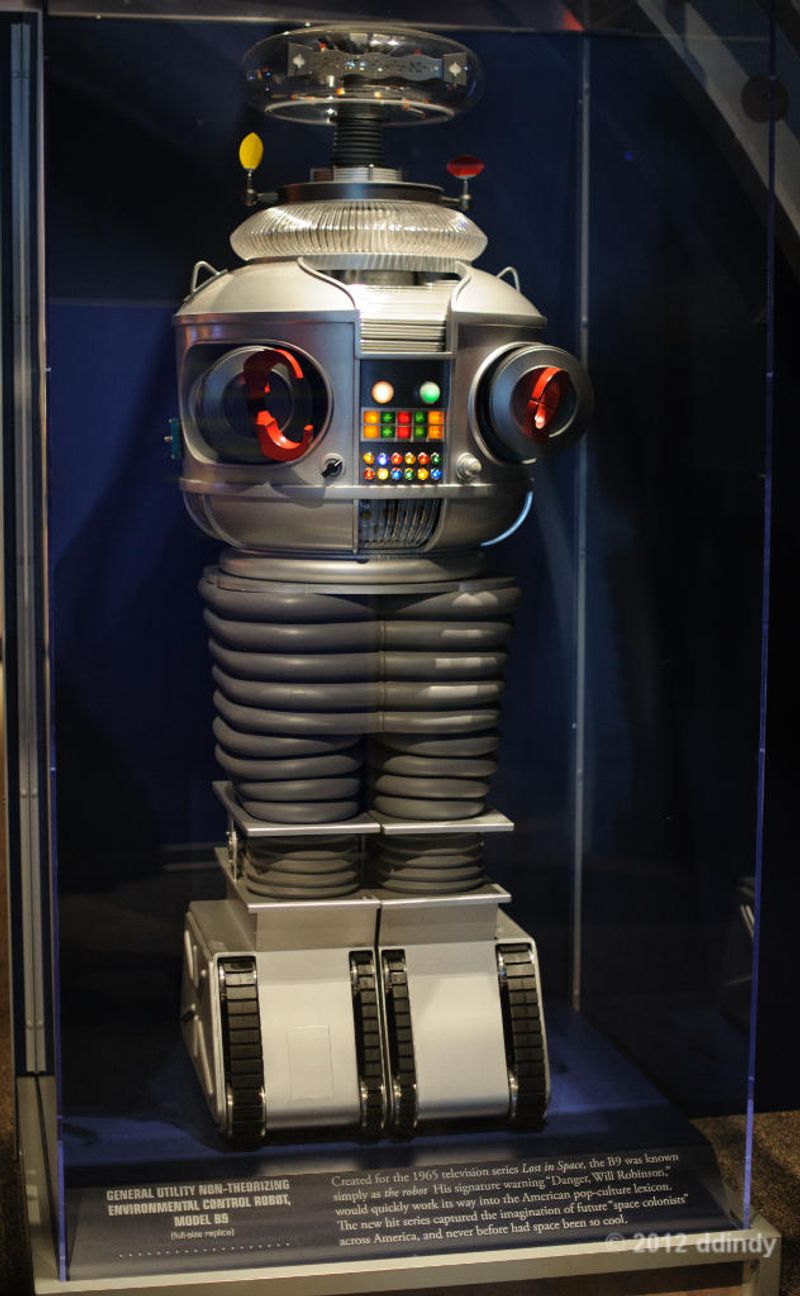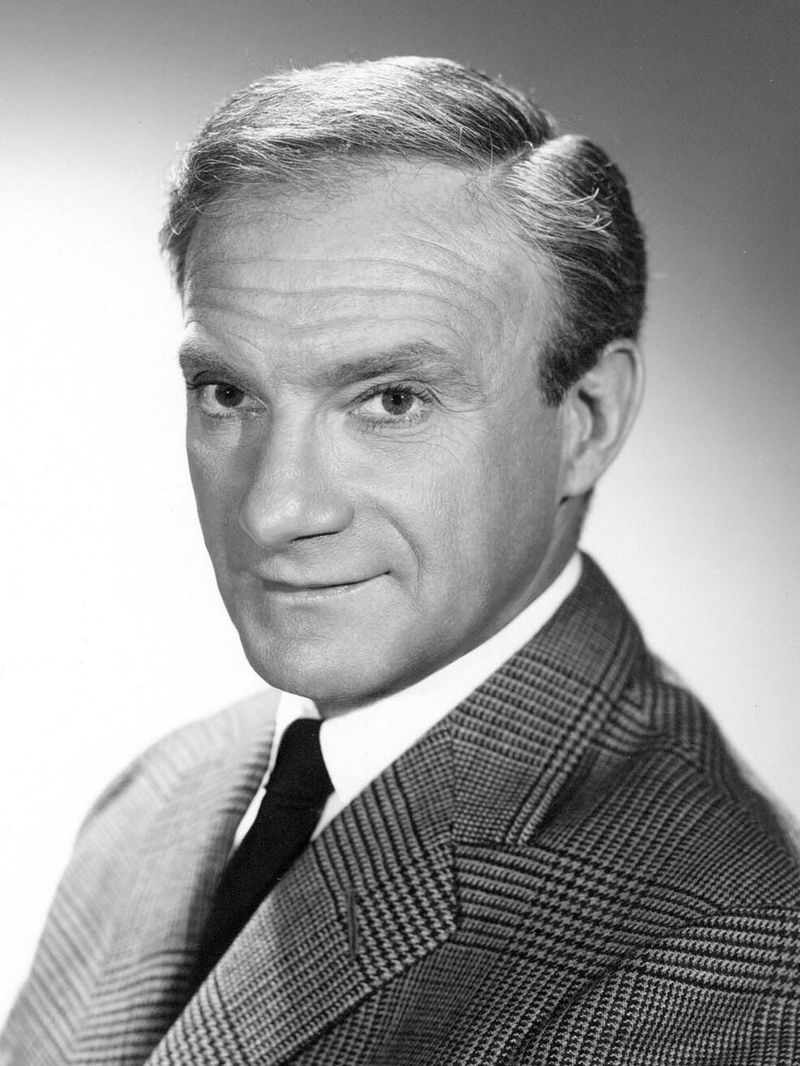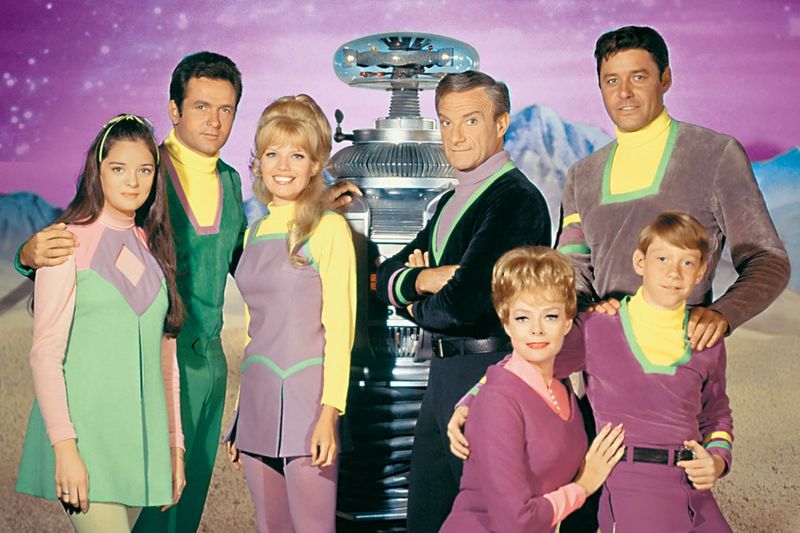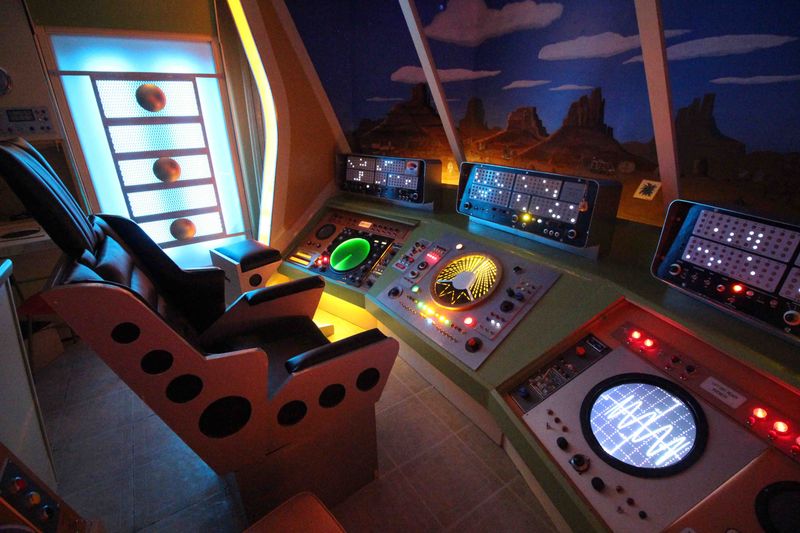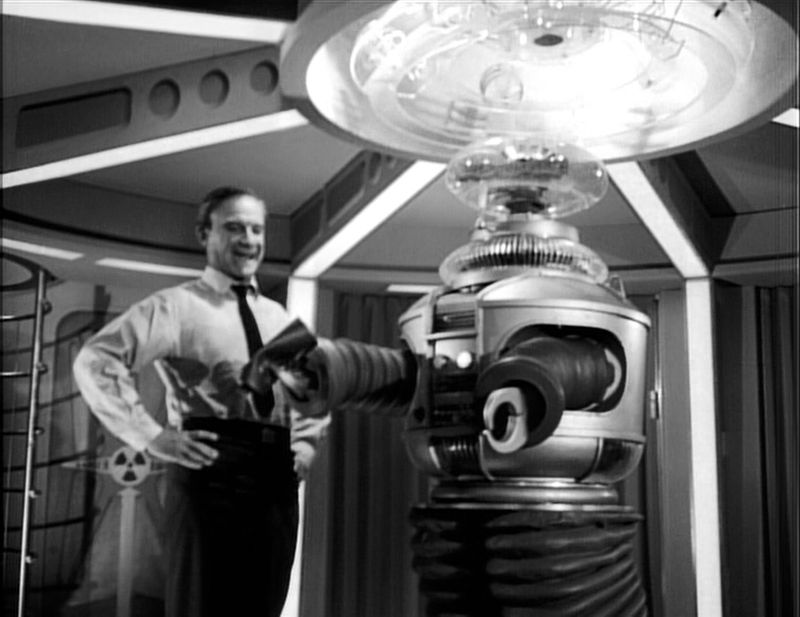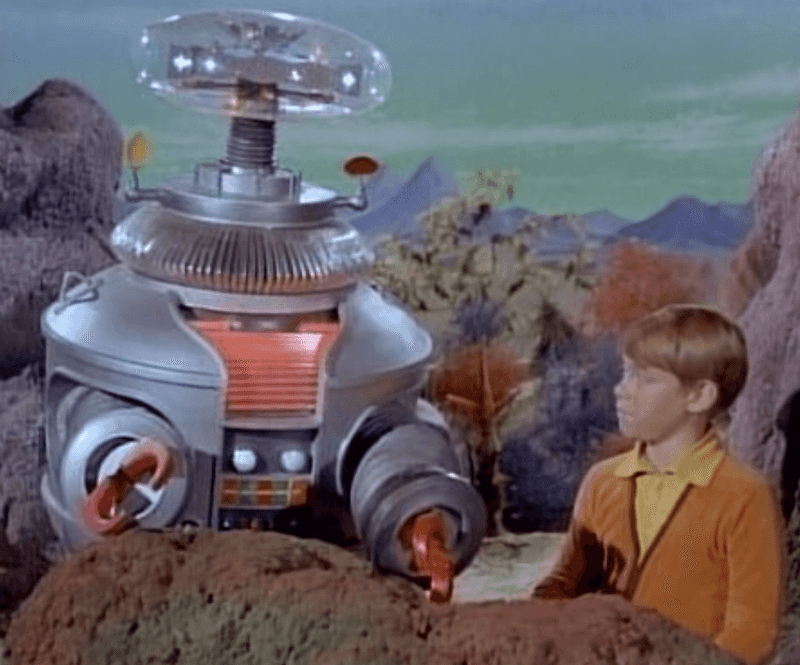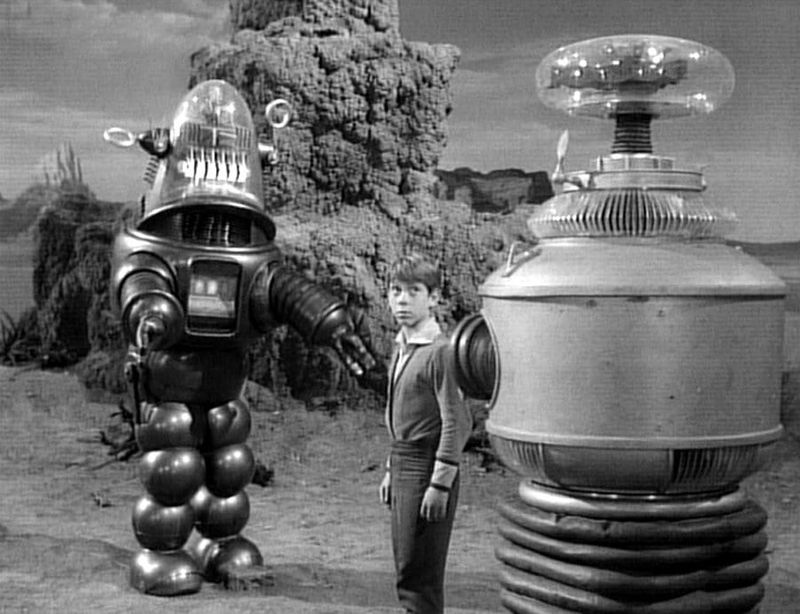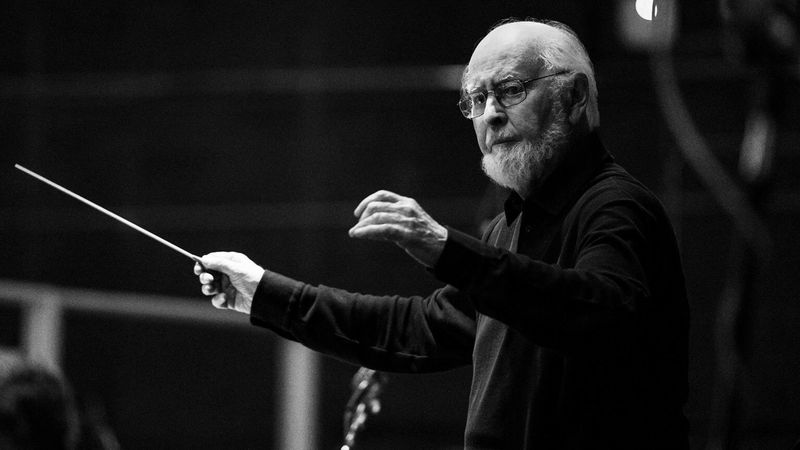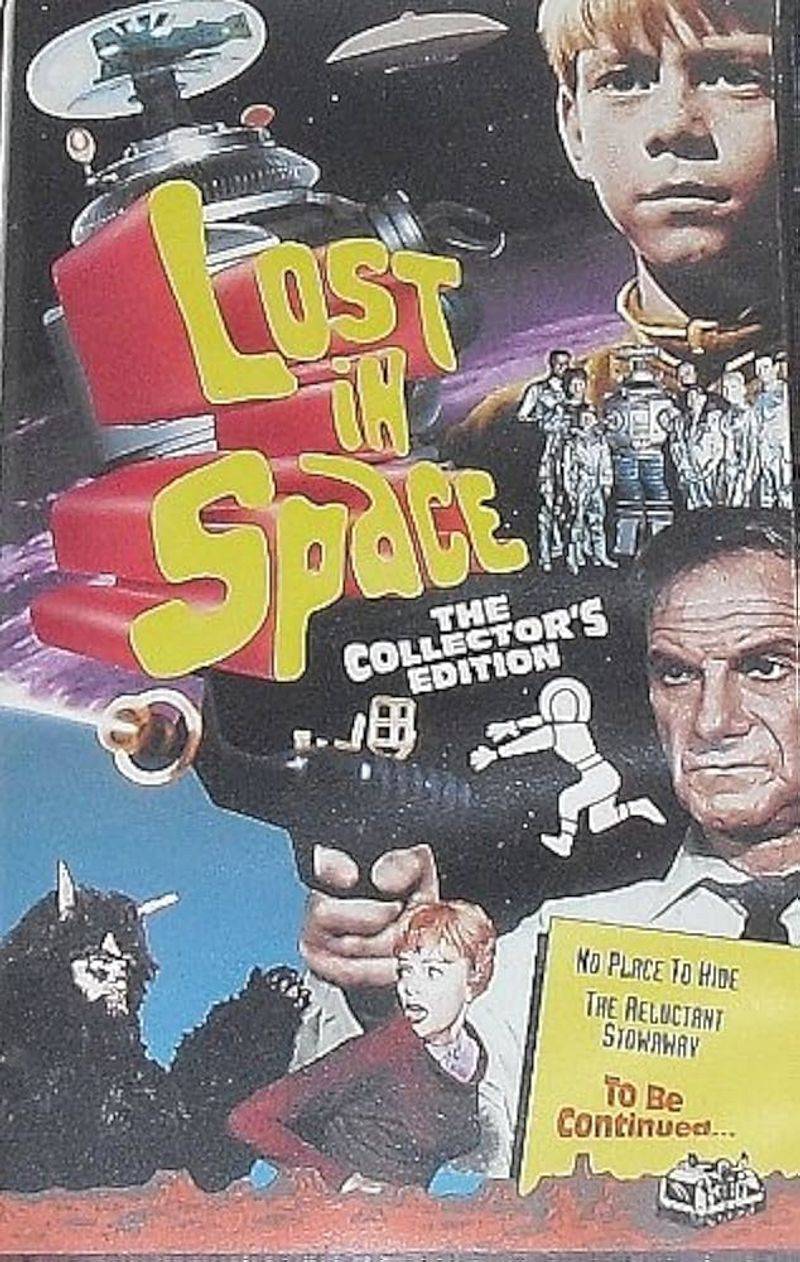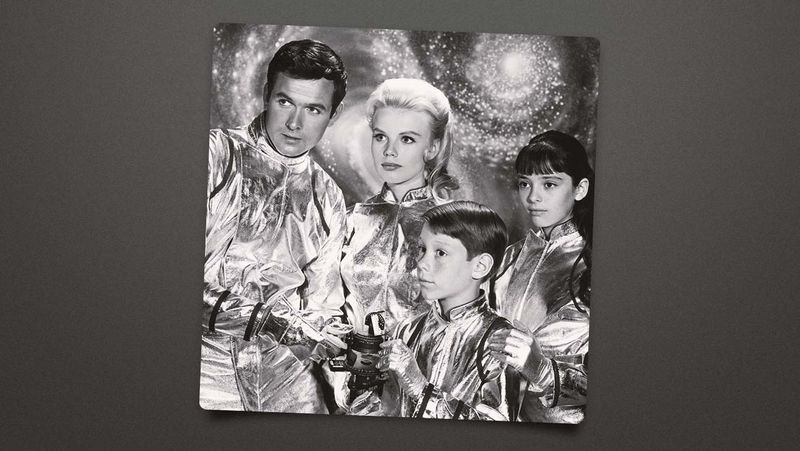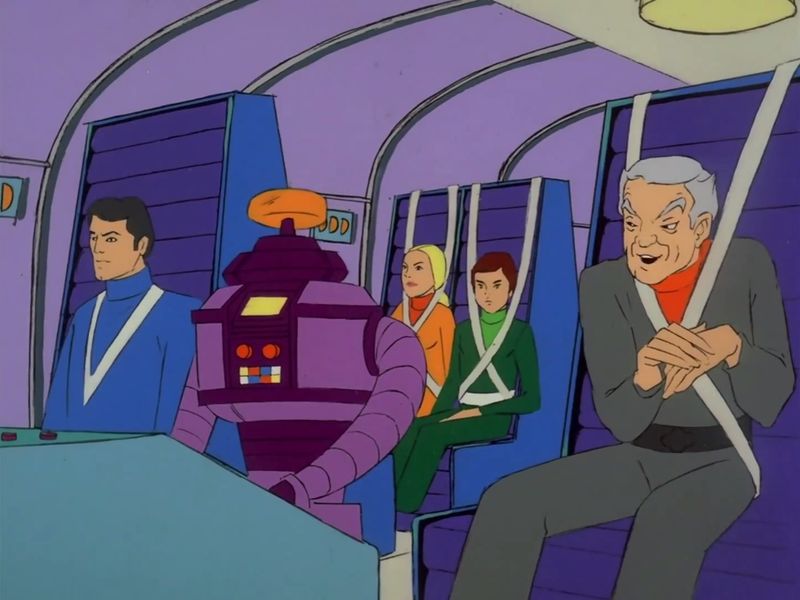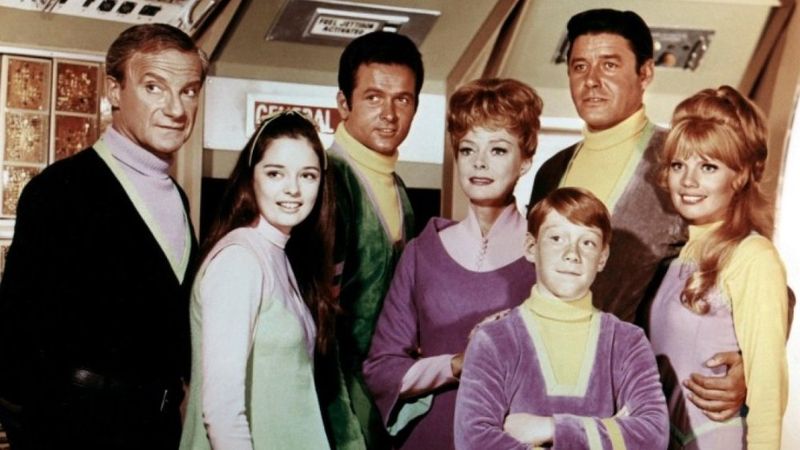The original Lost in Space wasn’t just a cheesy ‘60s space show—it was a pop culture phenomenon that paved the way for generations of sci-fi storytelling. Airing from 1965 to 1968, this iconic series brought intergalactic adventure into American living rooms every week. But behind its colorful sets and memorable characters lies a treasure trove of surprises. From casting secrets to real-life drama, here are 17 wild facts even die-hard fans might not know about Lost in Space.
1. It Was Originally Meant to Be Serious Sci-Fi
Originally envisioned as a serious space survival drama, Lost in Space’s pilot episode, “No Place to Hide,” lacked the humor, Dr. Smith, and even the famous Robot. Set in an era when space exploration was a budding reality, the show aimed to capture the authenticity of survival in space’s vastness. Its original tone was much darker, intending to engage audiences with genuine interstellar challenges. This serious approach was later infused with humor and intrigue, creating the blend that fans came to love. The shift marked a turning point in making the series a household favorite across America.
2. Dr. Smith Was Supposed to Die Early On
In a twist of fate, Jonathan Harris’s portrayal of Dr. Smith was intended to be short-lived. Initially, the character was meant to exit after a few episodes. However, Harris’s ability to humanize Dr. Smith with deliciously evil charm and humor led to a pivotal change. The producers, recognizing this unique flair, revamped the storyline to keep him, making Dr. Smith central to many plots. His witty additions and dramatic antics became a vital part of the show, endearing him to audiences and reshaping the series’ dynamic, ultimately evolving into a beloved figure.
3. The Robot Had a Real Name
The Robot, affectionately known to fans as simply “The Robot,” had an actual name: B-9 Environmental Control Robot. Voiced by actor Dick Tufeld, who also lent his voice to the show’s opening narration, B-9 took on a life of its own. Its design and imposing presence were integral to the show, providing both comic relief and tension in thrilling moments. The Robot’s interactions, from its iconic “Danger, Will Robinson!” to its logical quips, added layers to the narrative. It stands as an enduring symbol of the show’s fusion of adventure and humor.
4. Jonathan Harris Wrote His Own Lines
Known for his creative genius, Jonathan Harris often improvised or rewrote his lines, embedding Dr. Smith’s dialogue with Shakespearean flair and comedic timing. His famous catchphrase, “You bubble-headed booby!” became iconic. Harris’s personal touch enriched the character, adding depth and humor to his persona. This creative freedom allowed Harris to shape Dr. Smith’s witty, mischievous personality, making him unforgettable. His contributions transformed scenes, turning potential monotony into moments of laughter and intrigue, ensuring Dr. Smith remained a highlight of every episode.
5. It Beat Star Trek to Air by a Year
Long before Star Trek’s first voyage, Lost in Space had already captured audiences by premiering a year earlier in 1965. While Star Trek is often recognized for revolutionizing sci-fi television, Lost in Space achieved higher ratings in its inaugural season. Its blend of family drama, interstellar adventure, and humor struck a chord with viewers. This early success set the stage for the sci-fi genre on TV, proving that audiences were ready for space adventures. Lost in Space paved the way, establishing a legacy that would inspire future sci-fi endeavors.
6. The Jupiter 2 Had a Strange Real-Life Origin
The iconic Jupiter 2 spaceship was inspired by the classic flying saucer design. However, its interior was a patchwork of unusual items. Control panels were filled with real world junk electronics, including parts from washing machines and radios. This eclectic mix created a futuristic yet relatable aesthetic for viewers. While the exterior promised sleek interstellar travel, the interior reminded audiences of the era’s technological limitations. This unique blend of creativity and resourcefulness added to the ship’s charm, making it an unforgettable icon in sci-fi history.
7. There Were Tensions Behind the Scenes
While Lost in Space charmed audiences, tensions simmered behind the scenes. As Dr. Smith and the Robot increasingly became the show’s focal points, other cast members, particularly Guy Williams, felt overshadowed. Williams, who played Professor Robinson, was initially expected to be the leading man. Frustrations grew as screen time shifted, altering the show’s original dynamic. Despite these challenges, the cast continued to deliver performances that captivated viewers, creating a show that remains beloved decades later, highlighting the complexity of ensemble work in television.
8. Bill Mumy Helped Shape the Show
As young Will Robinson, Bill Mumy was more than just a talented actor—he was a creative force behind the scenes. Mumy, even as a child, contributed to the development of storylines and advocated for more thoughtful sci-fi elements. His insights helped shape the show’s direction, adding depth to the narrative. Mumy’s influence extended beyond his role, impacting the series’ tone and complexity. His passion for science fiction shone through, leaving a lasting imprint on Lost in Space and showcasing the importance of collaborative creativity in television.
9. The Robot’s Design Inspired Future Sci-Fi
The design and voice of B-9, the Robot, left a mark on future sci-fi creations. Its iconic look and sound influenced notable characters like C-3PO from Star Wars and even HAL 9000 in tone and design. B-9’s blend of human-like traits with mechanical precision set a standard for robot depictions in pop culture. Its presence on Lost in Space demonstrated the potential for robots to be more than mere machines, paving the way for complex, nuanced portrayals in subsequent sci-fi narratives. This legacy endures, echoing across decades of storytelling.
10. The Show’s Music Was by a Hollywood Legend
Lost in Space’s dynamic theme music for Season 3 was composed by none other than John Williams, a name now synonymous with epic film scores. Before his work on iconic movies like Star Wars and Jurassic Park, Williams crafted the dramatic soundtrack that added flair to the series. This collaboration marked an early highlight in his illustrious career. Williams’s music amplified the show’s adventurous spirit, providing an unforgettable auditory backdrop. His contribution to Lost in Space is a testament to his enduring influence in shaping the emotional landscape of visual storytelling.
11. They Shot on the Same Lot as Batman
Lost in Space shared its production lot with the famous 1960s Batman series. Filmed on adjoining sound stages, the two shows occasionally saw props and special effects cross over. This unique setup fostered a creative environment where ideas and resources flowed freely. The proximity of the two iconic series led to a blending of styles and innovations, contributing to the vibrant and imaginative storytelling of the era. This shared space became a hub for creativity, where sci-fi met superhero adventures, leaving a lasting imprint on television history.
12. There Was a Real-Life Fire on Set
During the third season, a fire erupted on the set of Lost in Space, causing significant damage and delaying production. Fortunately, no one was injured, but the incident prompted the implementation of stricter safety regulations. The disruption highlighted the inherent risks of production and underscored the importance of safety in filmmaking. Despite the setback, the team’s resilience shone through, continuing to deliver the adventures fans loved. This event became a pivotal moment in the series, reinforcing the dedication and camaraderie of the cast and crew.
13. Its Budget Was Huge for the Time
With a budget of $130,000 per episode—equivalent to over $1 million today—Lost in Space was one of the most expensive TV shows of its era. This substantial investment reflected a commitment to quality production values, evident in its elaborate sets, effects, and costumes. The financial backing allowed the creators to explore ambitious storytelling and innovative visuals. The show’s significant budget set a precedent for future high-concept series, illustrating the potential for television to deliver cinematic experiences. This financial commitment paid off, ensuring Lost in Space’s place in pop culture history.
14. It Spawned a Canceled Animated Series
In 1972, an animated reboot titled “Lost in Space in Outer Space” was pitched but never made it to air. Although test footage exists, the project was ultimately shelved by the network, leaving fans intrigued by what might have been. This animated concept aimed to breathe new life into the series, offering a fresh take on the Robinsons’ adventures. The idea reflects the enduring appeal of Lost in Space, highlighting its potential to evolve across different media. Although unrealized, the project remains a fascinating “what if” in the franchise’s rich history.
15. The Catchphrase Was Almost Something Else
The Robot’s iconic line, “Danger, Will Robinson!” nearly took a different form. Originally drafted as “Caution advised, Will Robinson,” the phrase was thankfully revised for greater impact. This seemingly small change became a defining moment in the show, cementing the line in pop culture. The catchphrase captured the essence of the series—adventure, peril, and the ever-looming uncertainty of space. Its memorable delivery resonated with audiences, becoming synonymous with the show’s identity. This adjustment exemplifies the power of words in shaping a legacy that continues to echo through time.
16. The Cast Reunited Years Later—With a Twist
Years after the original series ended, several cast members reunited for the 1998 Lost in Space movie. This reunion included cameos by June Lockhart (Maureen Robinson) and Dick Tufeld (the voice of the Robot). Their participation offered a nostalgic bridge between the past and present, delighting fans with familiar faces. This opportunity allowed the actors to revisit their iconic roles in a new context, showcasing the enduring bond among the cast. The reunion underscored the series’ lasting impact and its ability to bring generations together through shared storytelling.
17. NASA Astronauts Were Actually Fans
Despite the show’s imaginative science, many real-life astronauts were fans of Lost in Space. Buzz Aldrin himself acknowledged the series’ role in sparking public interest in space exploration. This admiration highlights the show’s wide-reaching influence, transcending its fictional roots to inspire real-world achievements. By capturing the wonder and possibility of space travel, Lost in Space fueled curiosity and ambition in future explorers. The connection between the show and NASA’s pioneers underscores the powerful impact of storytelling in shaping dreams and aspirations beyond our planet.
